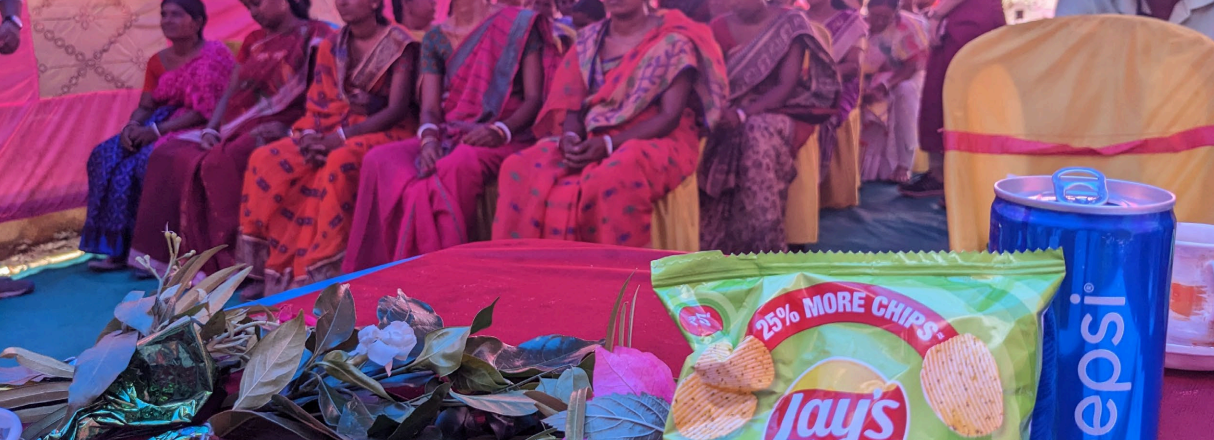Introduction
Private sector engagement (PSE) is a key strategy for the United States Agency for International Development (USAID). Under this approach USAID “consults, strategizes, aligns, collaborates, and implements” with the private sector to leverage US government investments for greater scale, sustainability, and effectiveness, while also strengthening market-based systems in developing countries and contributing to economic growth and employment (USAID, 2022). Working with the private sector, USAID can demonstrate that investing in local development can be good for both a company’s bottom line and the wellbeing of communities. This brief explores USAID experiences partnering with the private sector to advance land tenure security and gender equality and women’s empowerment across five countries under the Integrated Land and Resource Governance (ILRG) activity (2018-2023).
Public-private partnerships (PPPs) are just one element of private sector engagement. USAID defines public-private partnerships as an arrangement between public and private sector entities to “share risks, and rewards in the delivery of services and infrastructure. Characterized by joint planning, joint contributions, and shared risk, PPPs are an opportunity to leverage resources, mobilize industry expertise and networks, and bring fresh ideas to projects” (USAID, 2022). The catalytic role of the private sector is well recognized in agricultural production because it contributes significantly to input delivery, storage and processing, transport, transfer of technical competencies to producers, and sale of commodities to national and international markets. Yet partnerships with the private sector on broader development goals, such as land tenure security or women’s empowerment, that have positive but diffuse downstream impacts on company profits, require significant effort to align visions, interventions, and outcomes. For example, some broad public-private partnerships have promoted policy and legal reforms around land governance to improve the business enabling environment, the enforceability of commercial land rights,1 and land markets. However, companies working in the agriculture sector may be wary of getting involved in policy issues around land tenure reform, which they see as outside of their core business interest. While women’s empowerment is oftentimes an easier entry point, many private sector efforts are confined to corporate social responsibility (CSR) initiatives, rather than fully integrated into commercial supply chain operations. Many private sector entities may not have considered how proactively resolving land disputes and gender-responsive sourcing approaches can positively impact their bottom line. This is where public-private partnerships can help. USAID has done much work in this area and can help the private sector effectively engage on land rights to de-risk investments and improve community relations2, as well as empower women through increased land literacy, land registration work and by providing linkages to expanded access to finance
Through private sector partnerships under ILRG, USAID has generated a series of lessons on approaches to proactively work with companies to strengthen land security for rural populations, while also empowering women and expanding their access to agricultural supply chains. This brief documents approaches employed, focusing on private sector engagement in sectors and supply chains linked to land-based investments. This includes partnerships to clarify land rights and access issues, as well as those that combine engagement on land with efforts to increase women’s access to productive resources, agricultural inputs, and global supply chains. It is designed for USAID program staff and implementers who are attempting to facilitate private sector partnerships on these issues and sectors.
The brief opens by framing the rationale for private sector engagement on land tenure, gender equality, and women’s empowerment and shares best practices and promising approaches. Next, it describes the varying structural design elements of public-private partnerships within the USAID ILRG activity and what impact each of these design choices had on partnership implementation. Third, it outlines both the successes experienced in the nine private sector partnerships under the USAID ILRG program as well as the lessons learned. Finally, it concludes with recommendations for other donors looking to engage with the private sector around land, gender equality, and women’s economic empowerment (WEE).


